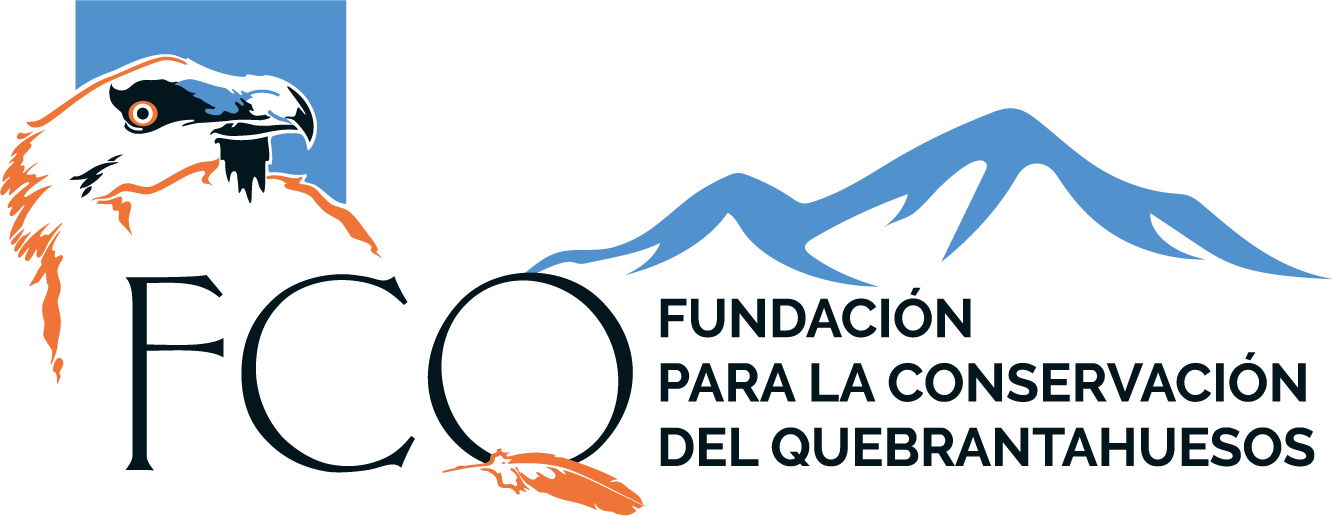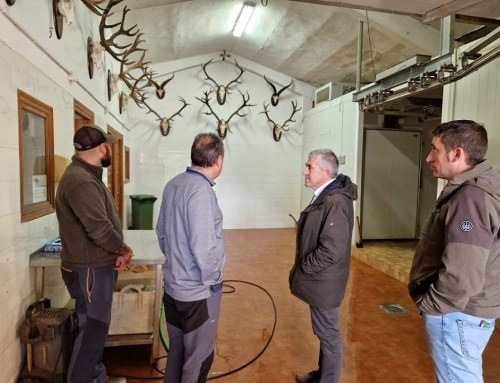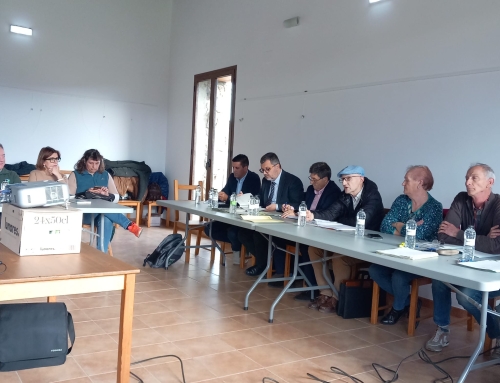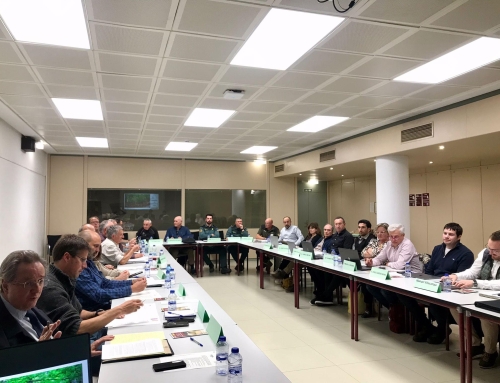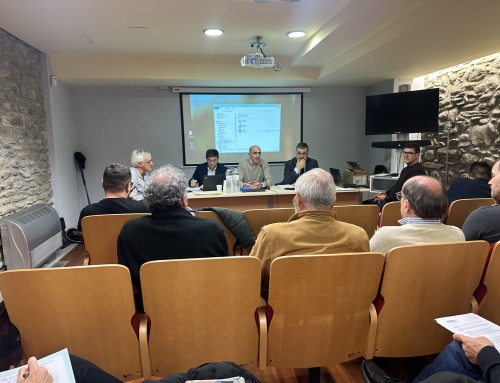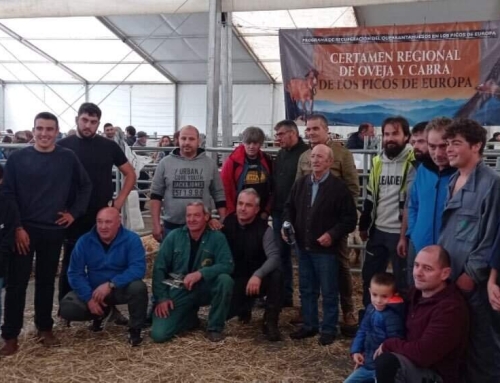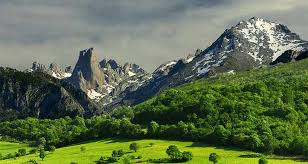
Asturias, a paradise for observation tourism.
To discover the secrets of nature from its own heart, to observe, mingle and feel the natural world of this paradise that is Asturias, wildlife observatories have become fashionable and attract every year hundreds of scholars, conservationists and the general public who contribute to boost the economy of rural areas. Mother Nature has given us a concentration of fauna and flora that is unusual in the rest of Spain, and although our region barely represents 2% of the country’s surface area, 67% of the national vertebrate species live here, with birds and mammals standing out with around 75% of the species present in the peninsula. On its own merits, the Principality has become one of the national references for observation. Wear comfortable clothes, take your binoculars, arm yourself with patience and… enjoy! The Minister, Alejandro Calvo and the Mayor of Sobrescobio, Marcelino Martínez at the La Polina viewpoint (Redes Natural Park). Creating a public network of animal observatories in the protected areas of Asturias to offer them to visitors, is the new project launched by the Ministry of Development, Local Cooperation and Fire Prevention with the collaboration of the Brown Bear Foundation and SEO-Birdlife in Asturias. The combination of sea and mountain has generated a rich biodiversity of ecosystems and habitats for birds, species of marine, aquatic (estuaries, estuaries, reservoirs, lakes), riverside, open fields, forest and mountain birds. A total of 385 species have been listed, including resident and migratory species that can be seen in our territory just a few kilometers away. The implementation of this initiative aims to promote the knowledge and observation of wildlife without disturbing the environment. Some of these viewpoints already exist and have been repaired, and others will be newly built. The Regional Ministry is going to make a register of all the spaces in the Principality and, in line with the Tourism Strategy 2020-2030, will analyze the needs of each space in order to promote this type of tourism. In the Asturian territory there are different environmental facilities in the protected natural areas in addition to wildlife observatories, such as visitor and interpretation centers, which offer information about the birds of each place. There are also signposted routes, as well as companies that offer guided tours. In the same day you can observe bearded vultures on the peaks of the Picos de Europa and enjoy the birds and fauna of the Partial Nature Reserve of the Villaviciosa estuary.
Here you can also find unique species such as the Cantabrian capercaillie, a seriously endangered subspecies that has been plunged into a deep decline and survives in the deciduous forests of the Somiedo Natural Park. What impact does this type of tourism have on the local economy? Wildlife watching already accounts for 30% of the visits to the Picos de Europa Park, which, according to the Bearded Vulture Conservation Foundation, generates more than half a million visitors a year. The interest of visitors in animal watching is growing, not only in Picos with the Bearded Vulture but also in other parts of Asturias. In the case of the Ría de Villaviciosa the public fond of ornithology takes advantage of the migratory seasons of birds, mainly in winter, to visit this natural enclave. This makes it possible to deseasonalize tourism and offer the public new activities such as guided tours of the estuary, colloquiums, conferences on the species that can be sighted, learning to identify them and learning about their curiosities. The result is highly positive during the weekends. It is important to remember that wildlife observation must be carried out in the most sustainable and least invasive way possible, under the strictest respect. The most common species can be observed on foot, but the observation of the more hidden species will require a great deal of patience, as well as skill and a lot of luck. The help of an expert guide can offer an experience difficult to forget, both for adults and children. If you like to watch and photograph birds, in this natural paradise you will find everything you are looking for and also at your fingertips.
Source:
